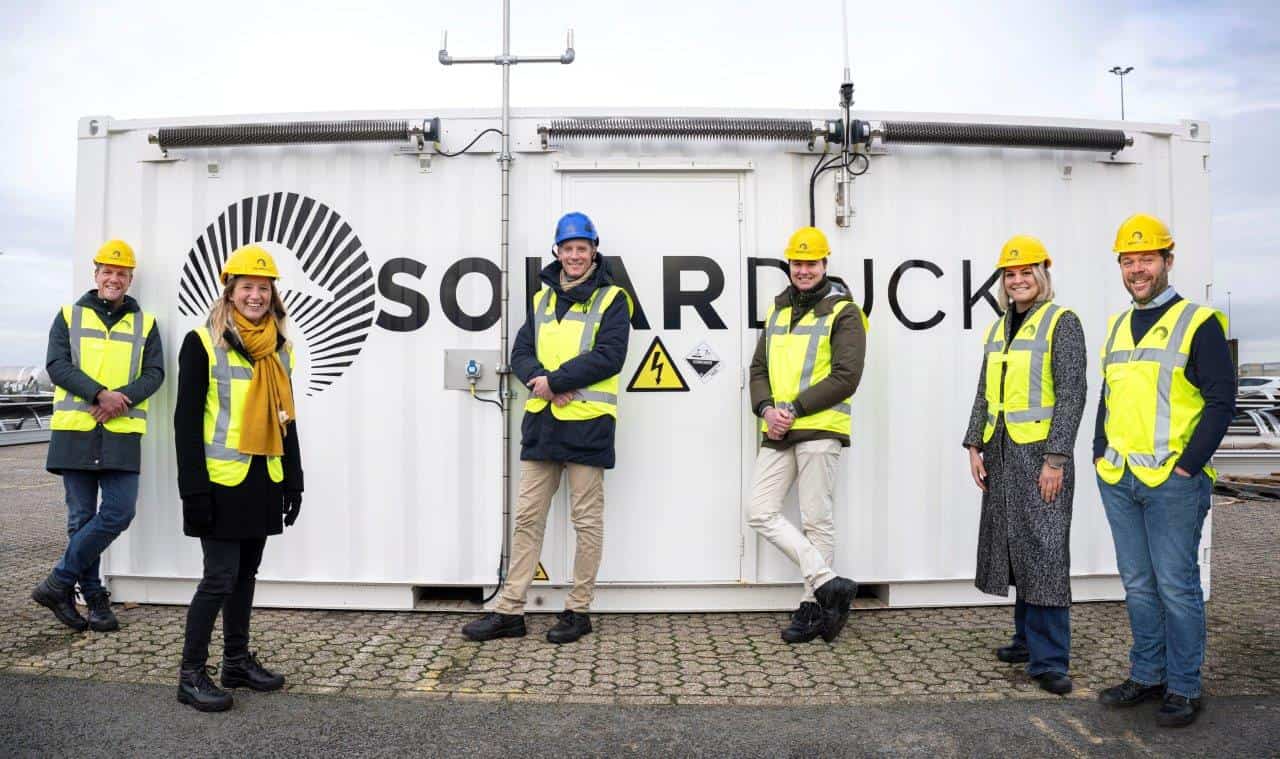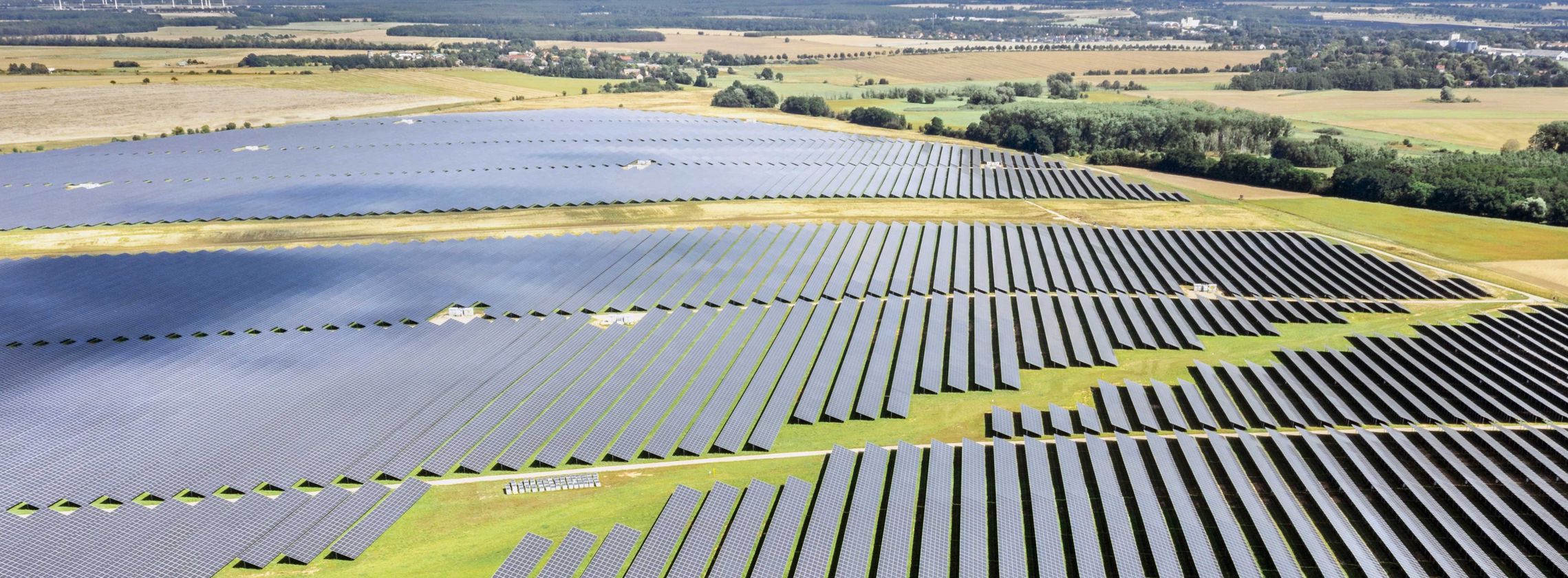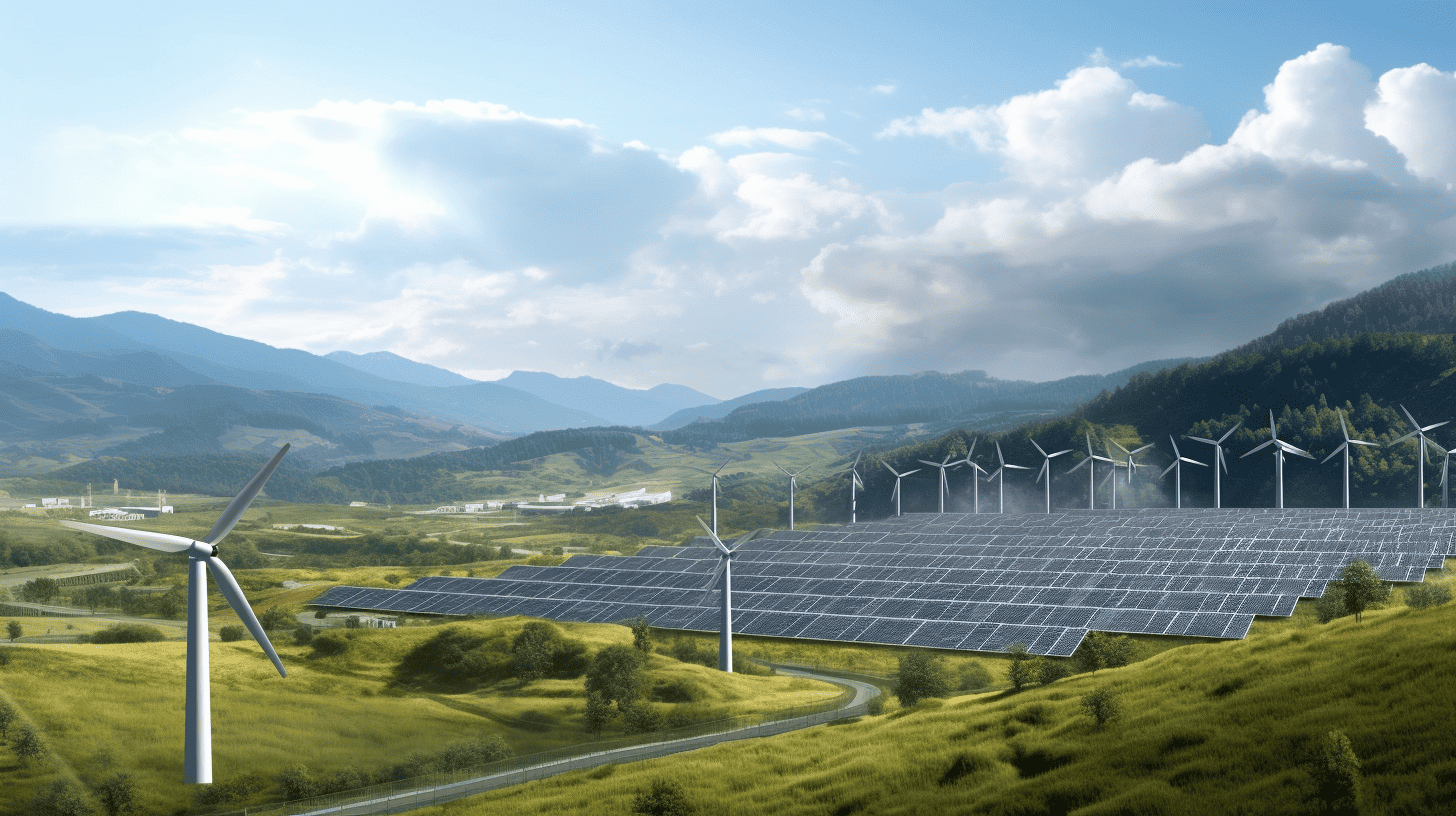
In a landmark year for clean energy, 2023 witnessed a dramatic expansion in global renewable capacity. China spearheaded this growth, adding 180 to 230 gigawatts of solar power. Solar panel costs plummeted by up to 53 percent in Europe, ushering in record affordability. The year also marked a significant leap in wind energy, sufficient to power 80 million homes, with China again at the forefront. Amidst this surge, the electric vehicle market thrived, with one in five cars sold being electric, bolstering a robust year for battery technology and investment. Despite logistical challenges, the relentless pace of renewable energy adoption signals a transformative shift in the global energy landscape.
Why you need to know this
2023 saw several record green power installations, pushing the energy transition forward amid challenges and hurdles.
The race to transition the global energy infrastructure away from fossil fuels took on unprecedented momentum in 2023. Renewables, particularly solar and wind power, saw installations that not only broke records but also reaffirmed the commitment of nations to mitigate climate change. The International Energy Agency (IEA) projected that over 440 gigawatts of renewable energy would be added globally in 2023, a volume surpassing the combined installed power capacity of Germany and Spain.
Costs plummet, adoption soars
One of the pivotal factors underpinning this explosive growth has been the dramatic decrease in solar panel prices. In Europe, costs fell by 40 to 53 percent between December 2022 and November 2023, making solar energy the most affordable form of electricity in most countries. This cost reduction has not only made sustainable energy more accessible but has also fuelled a ‘momentous shift’ in battery production, essential for storing and managing this clean power.
As solar and wind installations proliferated, so too did the electric vehicle (EV) market, with EVs accounting for one in five cars sold globally in 2023. The consequent demand for batteries marked a banner year for the industry, with the United States alone investing over $43.4 billion in battery manufacturing and recycling. The significant drop in the cost of key battery raw materials, including lithium, further contributed to the affordability of EVs, with industry experts predicting a trajectory that would make them accessible to most Americans.

Renewable energy legislation and grid efficiency
Acceleration in the renewable sector was further propelled by legislative action. In Europe, new laws were passed to facilitate the installation and distribution of renewable energy. These laws aimed to expedite the rollout of electricity grids and enhance their efficiency, thereby supporting a radical realignment of the European energy mix. In November, the EU launched an action plan to speed up grid rollout.
While official figures for solar capacity additions in Europe and China have not been confirmed, preliminary data suggests that China was on track for a 230 gigawatts capacity addition, and Europe added 58 gigawatts. These figures underscore the unparalleled scale of renewable energy deployment witnessed in the past year.
Battery technology and the EV market
Advancements in battery technology dovetailed with the uptick in renewable energy installations. The EV market’s expansion exemplified the growing need for efficient, high-capacity batteries, with the industry exploring ways to make batteries more sustainable and affordable.
Despite the advancements, the battery industry faced its own set of challenges, including energy issues at a Panasonic facility in Kansas, talent shortages at Toyota’s North Carolina site, and health and safety concerns at a joint venture plant between General Motors Co. and LG Energy Solution in Ohio. These hurdles highlighted the complexities of scaling up clean energy technologies and underscored the necessity for ongoing innovation and investment.

Looking to the future
The narrative of 2023’s renewable energy surge is not just a tale of numbers and records; it is a story of a pivotal shift in global energy priorities. As nations grapple with the exigencies of climate change and energy security, the profound acceleration of renewable energy installations offers a beacon of hope and a roadmap for a sustainable future.
While transitioning to a cleaner energy paradigm presents logistical and technological challenges, the milestones achieved in 2023 indicate a willingness to confront these issues head-on. The integration of renewables into the global energy mix has begun in earnest, with the promise of a greener, more resilient world on the horizon.








